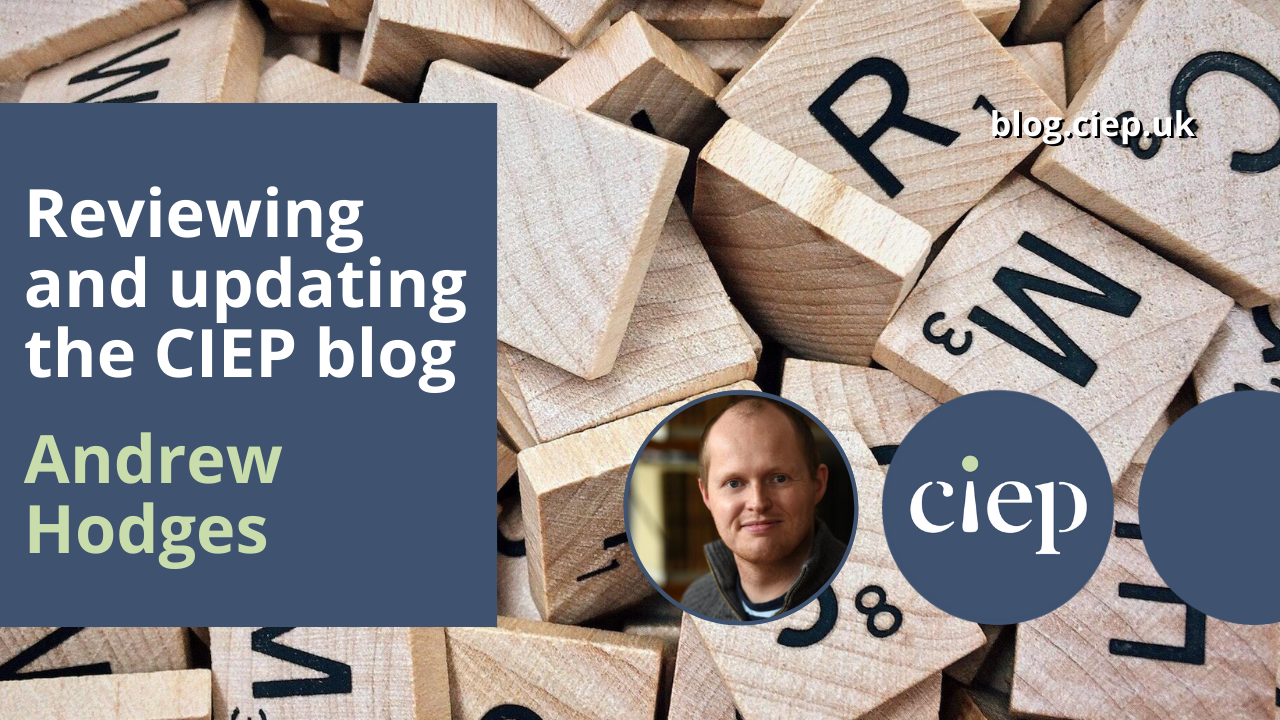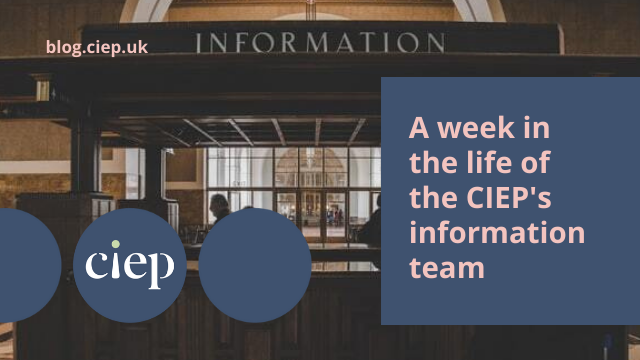Welcome to this round-up of resources compiled by the CIEP. This time, we look at working with non-book formats, from board games to corporate communications. We have divided our picks into:
- free CIEP resources
- one great book
- blogs and websites.
Free CIEP resources
A dive into the archives of the CIEP blog gives you a taste of the strange and wonderful formats that can be edited, including multiple-choice questions (there’s even a new free fact sheet about this) and puzzles.
We all learn from applying editorial principles to content beyond books, and this enriches our editing if and when we edit books again – although who would blame us for deciding to edit puzzles forever? Rachel Lapidow, who wrote for us about how creating style sheets for role-playing games (RPGs) could shed light on fiction editing, describes how she used a style sheet from her own editorial training at the University of California, San Diego, as a basis for the style sheets she developed for the games she worked on. She recalls how her knowledge and practice came full circle: ‘One of my instructors from UC San Diego asked me to share one of my RPG style sheets for her to use in her class. It’s a bit surreal to imagine future copyeditors looking at a style sheet I created while they’re learning how to utilise this tool. But it’s also pretty darn cool.’
Corporate communications can be cool, too, of course. The CIEP blog has articles about corporate editing, business content, brand voice and how to work with SEO if you’re an editor or a proofreader.
One great book
Unlike the CIEP blog, our book pick isn’t free; however, it’s well worth its £30 price tag. The Copyeditor’s Handbook: A guide for book publishing and corporate communications by Amy Einsohn and Marilyn Schwartz (read the CIEP review of this handbook and the accompanying workbook) is packed with useful information about what copyediting is and how to do it. It’s as relevant for copyediting business content as it is for copyediting traditional books, as the authors make clear in the introduction: ‘Copyediting is one step in the iterative process by which a manuscript is turned into a final published document (e.g., a book, an annual corporate report, a newsletter, a web document).’
The Copyeditor’s Handbook is written from a US perspective, but wherever you are in the world, if you’re working on corporate content it will help you. Just break out the sticky notes and spend time familiarising yourself with which of its chapters and sections you’ll need, as it’s dense and detailed.
Blogs and websites
Words pop up everywhere, and where there are words, there is editing and proofreading (or there should be, for best results). Blogs from editing associations and dictionaries have covered formats as diverse as comic strips, association magazines and surveys.
More useful, sometimes, are articles on issues that are likely to come up when editing and proofreading non-book formats. For editors of websites and other formats that cite URLs, there’s practical advice on taming messy URLs from the Chicago Manual of Style, and information on how web design and branding choices can affect a reader’s ability to access text from ProCopywriters.
Working with contributing writers can be a challenge in business editing. Alison Harmer offers ten tips for keeping corporate communications on track; and June Casagrande makes a convincing case for using plain language, just in case you’re dealing with contributors who are fond of writing in a flowery manner.
As a general principle, if you’re editing beyond traditional books, make sure you look beyond traditional editing blogs. The Web Accessibility Initiative is excellent. The extensive ProCopywriters blog is absolutely free, written by people who write for a living and want to showcase their skills, and gives great tips on areas such as structuring online content, cutting fillers in writing and tone of voice that will be particularly useful if you’re editing business content.
 About the CIEP
About the CIEP
The Chartered Institute of Editing and Proofreading (CIEP) is a non-profit body promoting excellence in English language editing. We set and demonstrate editorial standards, and we are a community, training hub and support network for editorial professionals – the people who work to make text accurate, clear and fit for purpose.
Find out more about:
Photo credits: comic books by Eric Mclean on Unsplash, book marked with sticky notes by cottonbro studio on Pexels.
Posted by Eleanor Smith, blog assistant.
The views expressed here do not necessarily reflect those of the CIEP.







